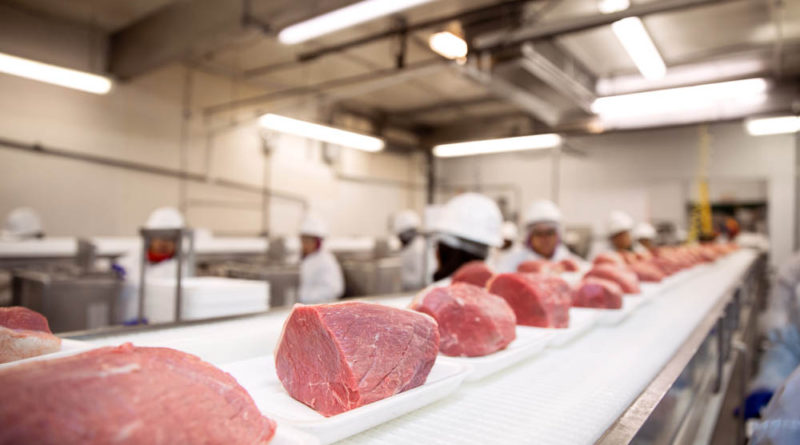Modern traceability for the food industry
Food scandals are like garden weeds. Every year, no matter how much you try to stop them, they keep coming back. While some food scandals may be out of the hands of manufacturers, having the right traceability systems in place can help to minimise the effect of scandals. Here, George Walker, managing director of Novotek UK and Ireland, looks at why effective traceability systems are a worthy investment.
Currently, many food and beverage companies solely rely on manual paper checks for their traceability procedures. Data is collected manually by the workers, which is then collated. The files are then collected and stored in offices, which must be sorted through in the event of a regulatory inspection or a recall.
Manually collecting vital information like this can have an impact on the accuracy of the information and the speed at which it can be collected. However, European companies in the food and beverage industry are bound to laws that mean their traceability procedures must be extremely tight to avoid any prosecution or fines.
All countries in the EU are bound by the General Food Law of 2002 to ensure that food safety is maintained for all European consumers. The law defines traceability as the ability to trace and follow food, feed and ingredients through all stages of production, processing and distribution.
When food or feed is found to be unsafe, companies are under obligation to withdraw or recall the product. They must also notify the national authorities who can then monitor where the product may have spread to and whether further action should be taken. Otherwise, a contaminated feed could have wide reaching consequences across the European food supply chain.
To comply with this regulation, companies must have traceability systems in place that allow them to identify where their products have come from and where they are going to. They must do this quickly to reduce the spread of contaminated product and the amount of product recalled, affecting the supply chain.
There are strict traceability regulations for all EU food manufacturers to comply with. While these regulations are nothing new, businesses can make it easier for themselves to comply with the regulations by moving away from paper-based traceability systems.
It is almost inevitable that at some point in the food chain, mistakes will be made, and contaminated products may enter production. However, to minimise the disruption to their business, food manufacturers can invest in automated traceability systems. Then, if a contaminated product is found, the batches that it has been in contact with are traceable.
To create an effective web of traceability records, data should be collected from the three different stages of food production. Manufacturers can use PLCs and HMIs to collect the data. Emerson Automation’s PACSystems range of control systems are easily integrated into existing systems, meaning that the benefits of improved traceability are not outweighed by a huge cost to integrate the new products.
In the first stage, all raw materials should be easily identified by the batch and date code, meaning they are tracked as soon as they come into the factory. Then, as the raw material is processed, manufacturers should note the number of units produced and the amount of any waste product. Finally, the third stage, where the product is sent to customers, is one of the easiest to keep traceability records of, as most businesses keep detailed records of orders and their recipients.
By feeding the data collected along the production line into a MES system, the plant manager can view all of this traceability information at a glance. In the event of a recall, the plant manager can then share this information with the relevant authorities quickly, without having to track down missing data, minimising the disruption to the plant.
Not only does improving traceability systems help the manufacturer in the unfortunate event of a recall, it also helps the businesses’ transparency. Novotek has previously worked with a Dutch milk producer where GE Digital’s Historian application allowed the company to improve its transparency to its customers. As the brand promoted itself in organic retailer stores, proving the origin of the milk was important to the success of the brand, meaning the producer had to invest in an improved traceability system. Food scandals don’t look likely to disappear anytime soon, but by investing in better control systems to improve traceability, food manufacturers can reduce the effect of the scandals on their business. Just as professional gardeners wouldn’t weed their gardens with inadequate tools, food manufacturers must not rely on out-dated manual collection methods. By carrying out traceability procedures using connected, automated systems, food manufacturers can protect themselves as much as possible against scandals.



